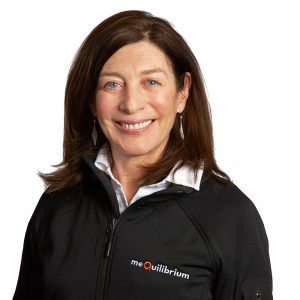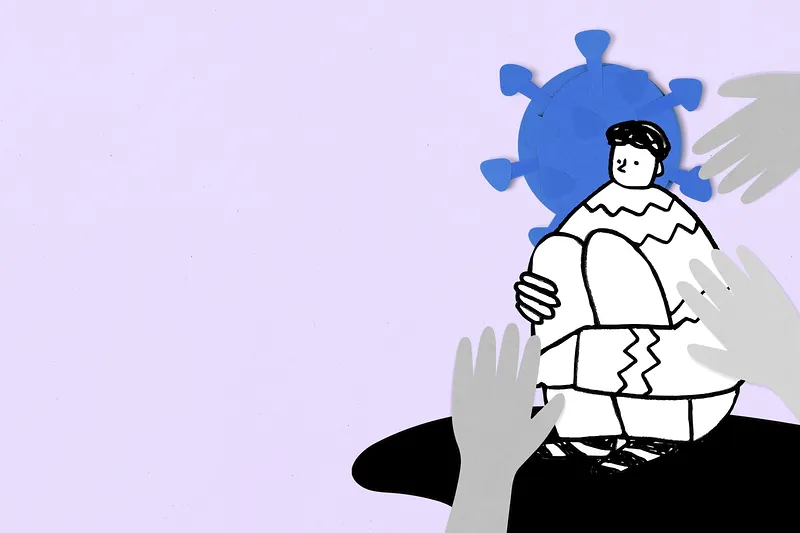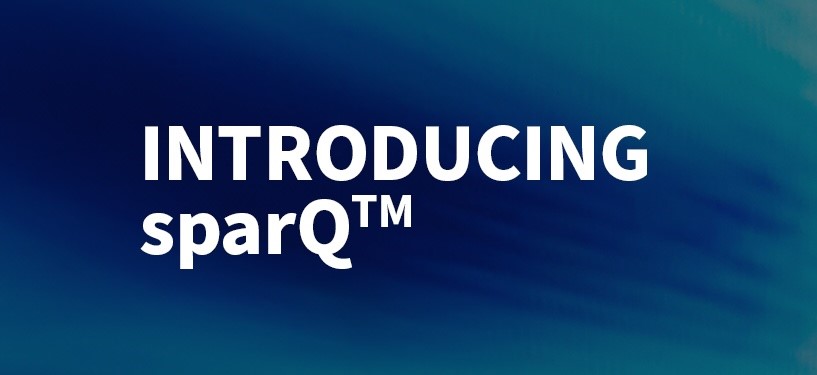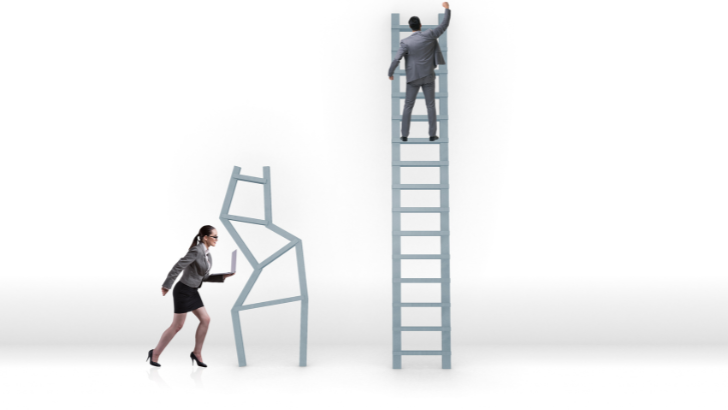There continues to be debate surrounding the question of whether or not employees should return to the office. Though remote employees seem to enjoy better work-life balance, no commute, and the ability to work from anywhere, the long-term implications of such work arrangements have been less clear. New research from meQuilibrium, however, offers some of the greatest evidence in support of remote and hybrid work arrangements yet.
According to a survey of 3,900 employees across industries, remote and hybrid employees have a higher degree of psychological safety at work than onsite employees. The survey found that those working on-site are less likely to feel at ease discussing difficult topics, less likely to feel safe taking risks, and less likely to feel that the team respects and values each other. Even more important, nearly half of those surveyed said they would quit if there was a requirement to work on site without a remote or hybrid option.
The results might be surprising for some, but not for meQuilibrium Co-Founder and CEO Jan Bruce. “Remote work has gone from something that was the exception to something that is widely accepted as practical,” she explains. “Along with that comes the acceptance of the people who choose to work that way, and because of that, people feel very safe doing it.”
CEO Jan Bruce. “Remote work has gone from something that was the exception to something that is widely accepted as practical,” she explains. “Along with that comes the acceptance of the people who choose to work that way, and because of that, people feel very safe doing it.”
meQuilibrium helps employers help their employees and members cope, adapt, and accelerate in the midst of stress, adversity, and change.
MassTLC spoke with Jan to understand more about meQ’s research and why organizations should take it seriously.
Read on for the full conversation.
___
Tell us more about the background of the meQuilibrium Self-Check research.
At meQ, we have been consistently collecting and measuring data about how people are feeling. We regularly gather information about how stressed, motivated, and focused they are, as this allows us the opportunity to paint a picture of what’s going on in organizations in general. At the beginning of the pandemic, we decided to start collecting a semi-annual view, because we imagined that stress levels were skyrocketing as people dealt with uncertainty, fear, and illness.
Since we initiated our the meQ Self-Check research initiative in the middle of 2020, we have surveyed about 5,000 people every 6 months. It’s a big enough sample, and it was taken by employers across many industries. We’re able to even segment by industry, age, gender, and job role, and over time we’re able to look at what’s happening in certain industries and how managers are feeling versus frontline employees. What we found with the pandemic and the political and social upheaval that we saw in early 2020 is that, not surprisingly, the employees of our customers were coping with massive change.
Self-Check has since been an opportunity for us to get a longitudinal read on how people are doing. For example, at the beginning of the pandemic, about 33% of people said they felt burned out. Six months later, that increased 52%, and then it went up another 25% in the middle of 2021. We had a record high and then it went higher, and then it went higher again still. That’s the value of the self-check and the longitudinal read.
We recently added in other timely topics, like remote work vs onsite vs hybrid, because we want to gauge and learn how people deal with different work situations and environments. We wondered if we could identify stress or burnout or engagement levels, based on how people were working. We see what’s going on really fast, and that’s a big benefit to employers.
Because of this, we are able to see the impact of the work environment on psychological safety, and for our self-check in July, we included a set of questions about the impact of perceived employer support for remote and hybrid work versus site work and how that impacted the psychological safety of people.
Can you explain the idea of psychological safety more?
Psychological safety is an employee’s perception that it’s safe to step out and take a risk. It’s a feeling that one will not be punished or humiliated about speaking up with suggestions, new ideas, asking questions, or raising concerns. The concept came from Harvard Business School professor Amy Edmondson, who showed in her research that there are numerous positive outcomes associated with psychological safety, including better employee engagement and well-being, greater collaboration, and knowledge sharing.
In a knowledge economy, people have to feel comfortable sharing what they think and what they know to test a new hypothesis. This increases their problem-solving skills and increases workplace diversity and inclusion. We see higher performing teams and lower turnover, especially with millennials, who tend to thrive in environments where they are challenged to grow and learn. It’s not necessarily generational, unique to that generation, but that’s what happens with every generation at that age.
The study found that remote or hybrid employees tended to have psychological safety compared to those that worked onsite. For some, this may be surprising. What are your thoughts on the findings?
Until very recently, there was a perception amongst employees that if you weren’t at the office, you weren’t at the table. They didn’t feel empowered. The old view was that it was best to be in a corporate office, to be in person.
Recently, there’s been bad press lately about remote work too, but, actually, there are a lot of people who do their best work when they’re not in an environment that’s overly structured or when they have more time because they’re not commuting.
The findings of our study bucked some long-term beliefs and recent press. We found that remote and hybrid employees have a higher degree of psychological safety at work than onsite employees. Which is interesting, because many have been worried that the people who are not in the office feel left out or are not getting mentored. The reality is that, as a group, they seem to feel safer.
Looking at the data, we were not surprised. Our company has been remote for three years, and we’ve tripled our workforce and worked hard to give people the tools that they need to communicate and collaborate while providing opportunities for growth. We’ve seen from our own experience that when people feel comfortable and know the ground rules, no matter where they are, they do their best work. When people are not confronted with forced structures around getting to the office, they actually feel significantly better.
The pandemic really shifted perceptions of remote and hybrid work. From the very top, C-suite on down, it’s much more commonly accepted because we’ve now been through a situation where many team members and our leaders have experienced working remotely for extended periods of time. Remote work has gone from something that was the exception to something that is widely accepted as practical. Along with that comes the acceptance of the people that choose to work that way, and because of that, people feel very safe doing it.
The good news for managers and leaders who are on the fence about it is that this data shows that people can get a high degree of satisfaction working remotely or in hybrid situations, as long as the ground rules are clear. People can be very engaged, creative, and safe when they’re home, and they don’t necessarily feel left out or nervous, as long as managers create the structures to involve them.
Taking these findings into account, what can organizations do to better support their employees?
It starts with the culture of your company. Organizations need to prepare managers to create a team culture where each individual can thrive. That is as important for getting the best out of people as tabulating their to-do list and action plans.
Here are some practical tips. Recognize differences on the team. Not everyone wants to meet once a week for an hour for one-on-ones. Some people want shorter, more frequent check-ins, some people want longer, less frequent check-ins, some people want a daily standup. You don’t have to do what everyone likes all the time, but it’s good to recognize that. Second, encourage safe conflict and discussion. Make it safe for members to speak professionally, and that means making sure that people who are on the Zoom as opposed to in the room are being heard.
You have to build and encourage trust. Trust is hard to build. The trick is to be clear with people about the rules. People don’t feel safe when managers say they can do whatever they want, but then the managers hold those choices against them if they’re not there. If the goal is to encourage a culture of psychological safety and a better environment for everyone, as a manager you have to be clear about what the rules are and then see that people stick to them. Our research shows that people feel much better knowing the boundaries.
Why does psychological safety matter in the workplace?
Psychological safety and mental health are intertwined. If people don’t feel safe, they feel worried. If they feel worried, they’re going to feel stressed, and that’s a precursor to more serious issues. Mental well-being has well-documented impacts on employee productivity, absenteeism, healthcare costs, and also on turnover. An employee with depression costs about $2,800 more per year in healthcare costs per person. Anxiety costs about $3,000 or $3,200 more per year. If people are depressed because they don’t feel safe, encouraged, or engaged, they are at a greater risk.
Beyond the healthcare cost, there’s lost productivity. An employee who is depressed misses about 30 days a year more than someone who is healthy; not to mention, there’s greater potential for mistakes, safety issues, delays in people getting back to you, and people leaving the workforce. According to organizational development research, psychological safety has an important effect on the ability of teams to take intelligent risks and to speak up early about things they’re concerned about.
We want people to speak up and feel empowered to take risks. We want them to be resilient to volatility and ultimately put the organization in a better competitive position. Psychological safety is a really important foundation for these things.
If your goal is to create a thriving diverse workforce that is going to help your business accelerate, these are very important themes to address.
___




